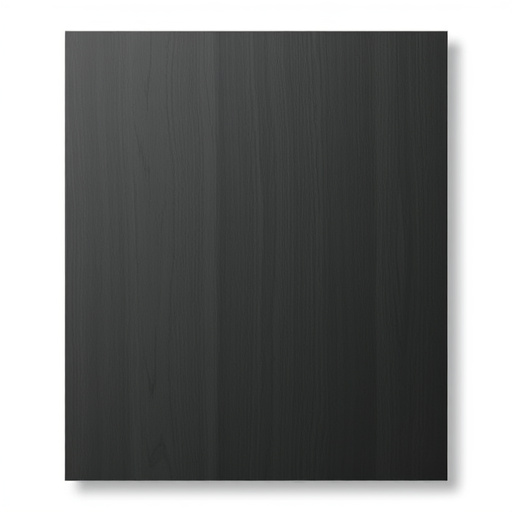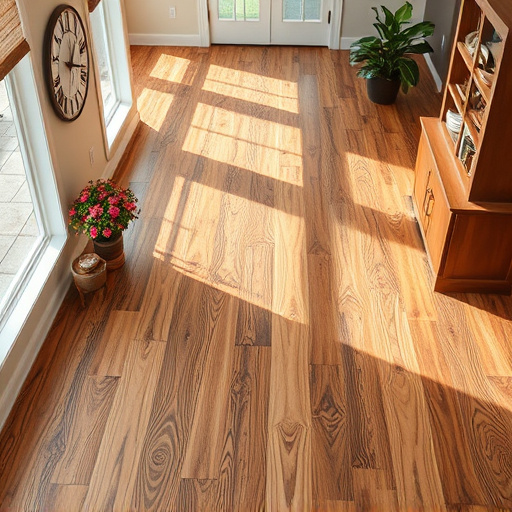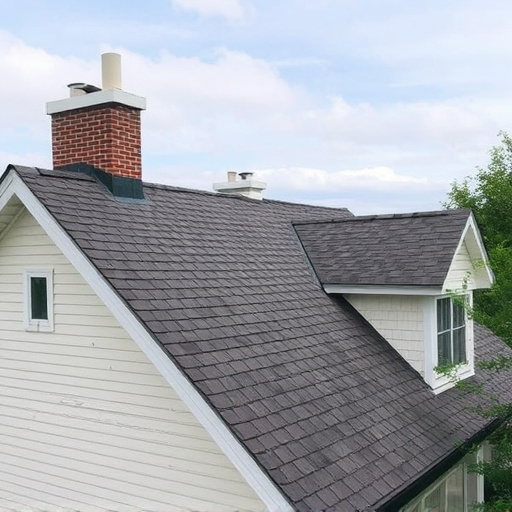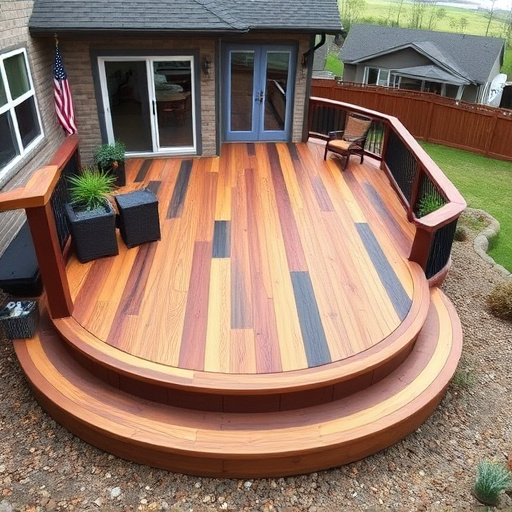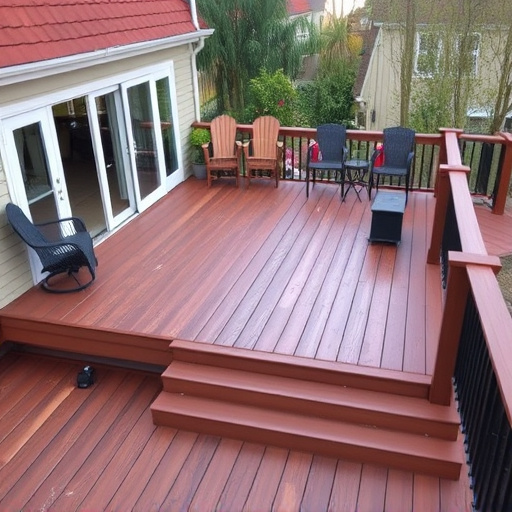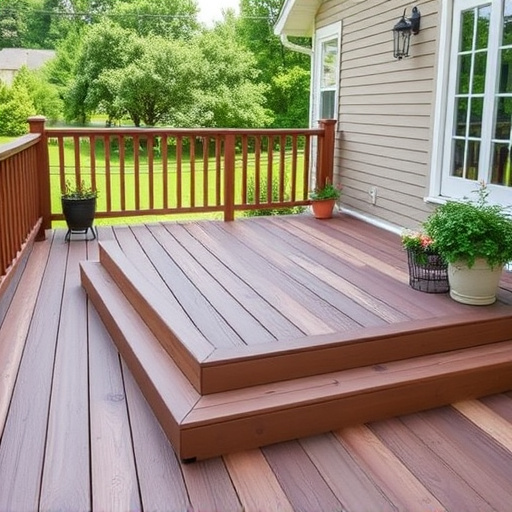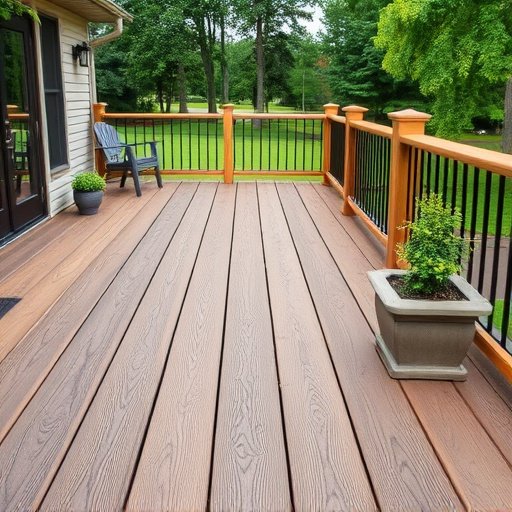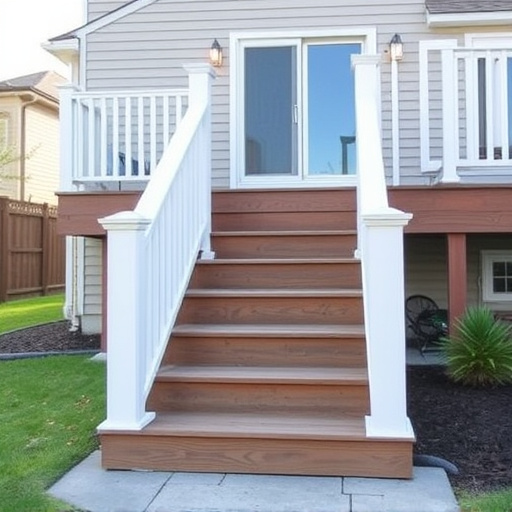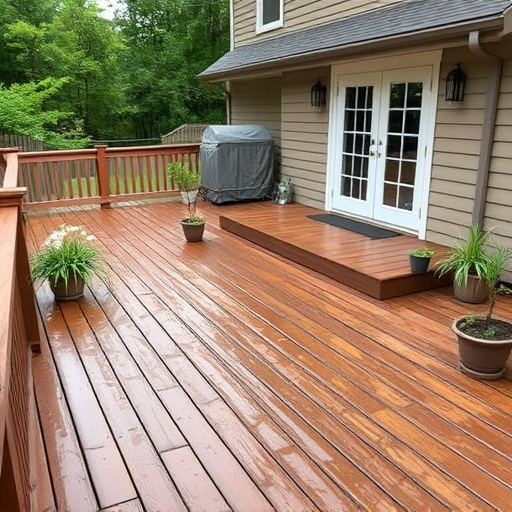A well-designed deck seamlessly blends indoor and outdoor living by mimicking interior aesthetics with strategic furniture placement, material choices, and decor. Integrating exterior elements creates a cohesive look, enhancing overall aesthetics and functionality. Using neutral tones, natural materials like wood and stone, and matching interior color palettes extends the comfort of your home into the outdoors. Adding functional outdoor furniture, screens, or pergolas further transforms the deck into an extension of your living space, combining beauty and practicality through expert deck design.
Transform your outdoor space with seamless indoor-outdoor transitions through innovative deck design. In this article, we explore how to create a cohesive environment that blurs the lines between interior and exterior living. From establishing visual connections using complementary color schemes and materials to integrating nature seamlessly, we’ll guide you through designing a deck that’s functional year-round and harmoniously tied to its surroundings. Discover tips on adding multi-purpose features, comfortable seating areas, and climate-appropriate designs for an enhanced outdoor lifestyle.
- Creating a Visual Connection: Blending Indoor and Outdoor Spaces
- – How to use design elements to create a seamless transition
- – Color schemes and materials that bridge indoor-outdoor gaps
Creating a Visual Connection: Blending Indoor and Outdoor Spaces
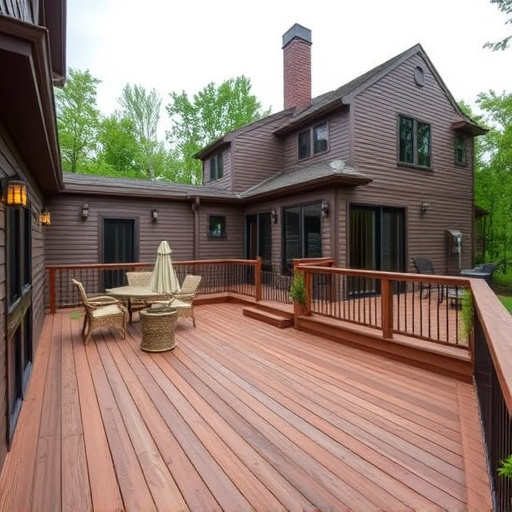
Creating a seamless transition between indoor and outdoor spaces requires careful deck design that blurs the lines between the two realms. Through strategic placement of furniture, materials, and decor, a deck can become an extension of the home’s interior, inviting residents to enjoy the outdoors as they would their living room. For instance, using similar flooring materials like wood or tile on both the deck and surrounding areas helps create a visual connection.
Incorporating elements from home exterior services such as siding installation or roofing and siding can further enhance this blend. Complementary colors and textures chosen for these features can be mirrored in the deck design to create a cohesive look. This seamless integration not only improves the overall aesthetics but also creates practical, multi-functional spaces that are perfect for entertaining or simply relaxing.
– How to use design elements to create a seamless transition
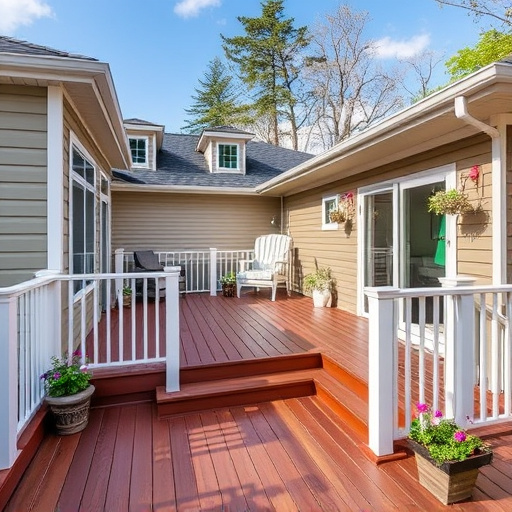
In designing a deck that seamlessly integrates indoor and outdoor spaces, the use of design elements is paramount. Start by considering complementary materials that blur the line between interior and exterior. For example, using natural stone or wood for both the deck flooring and surrounding landscaping creates a harmonious look. Match the color palette from inside your home to the outdoor space; neutral tones with pops of color from indoor decor can make the transition almost imperceptible. Incorporate lighting strategically—both ambient and focal points—to illuminate the deck at night, ensuring it remains inviting and accessible. This blend of materials, color, and light fosters a continuous flow between interior comfort and exterior tranquility.
Furthermore, functional design elements enhance seamless transitions. Add outdoor furniture that mirrors indoor styles for a cohesive aesthetic. Incorporate screens or pergolas to provide shade and privacy while still allowing natural light to filter through. These features not only improve the usability of the deck but also strengthen its connection to the home exterior services and commercial siding, making it an extension of your living space. Exterior home improvements like these can dramatically enhance both the beauty and functionality of your outdoor areas, creating a truly seamless indoor-outdoor experience.
– Color schemes and materials that bridge indoor-outdoor gaps
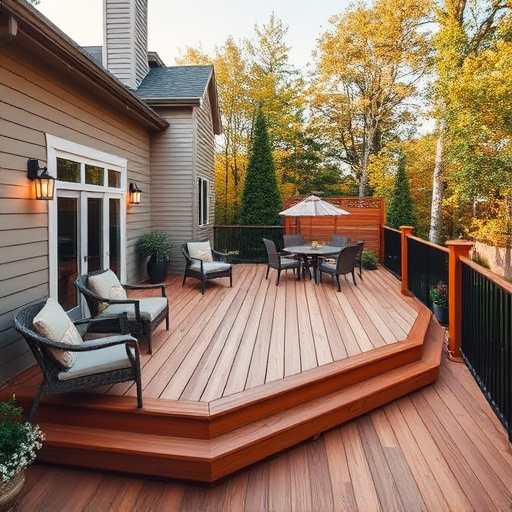
In crafting a deck design that seamlessly blends indoor and outdoor spaces, color schemes and materials play a pivotal role in bridging the gap between these realms. Soft, neutral tones like beige, gray, and white are popular choices as they mirror natural surroundings, creating an expansive, open feeling. Natural materials such as wood and stone also serve as excellent connectors, leveraging their organic textures to harmonize with outdoor environments. For instance, a deck featuring light-colored composite decking with subtle grain patterns can mimic the look of nearby lawn or woodland floors.
Furthermore, integrating indoor design elements outdoors through color coordination enhances the flow between spaces. Accents like pillows, cushions, and rugs in complementary colors from interior schemes extend the aesthetic continuity. Complementary materials, such as woven furniture fabrics that resemble natural fibers found outside, reinforce this seamless transition. Consider a roof repair or roofing solutions that complement these design choices—a shaded canopy or a carefully selected roof consulting service can effectively frame the deck, ensuring both functionality and visual appeal while maintaining the indoor-outdoor flow.
Incorporating a well-designed deck can transform your outdoor space into an extension of your interior, fostering a harmonious connection between both environments. By strategically using color, materials, and design elements as discussed in this article, you can create a seamless indoor-outdoor transition that enhances your living area’s overall appeal and functionality. Remember, the key lies in blending rather than contrasting; a unified space where the boundaries between inside and outside blur, inviting you to enjoy nature’s beauty with all the comforts of home.



